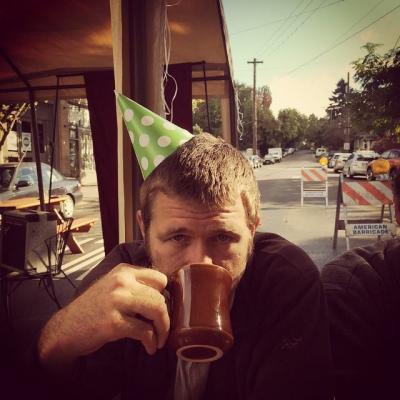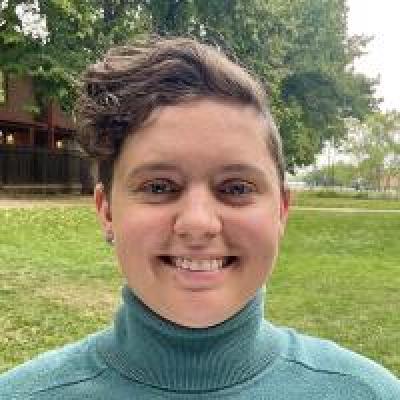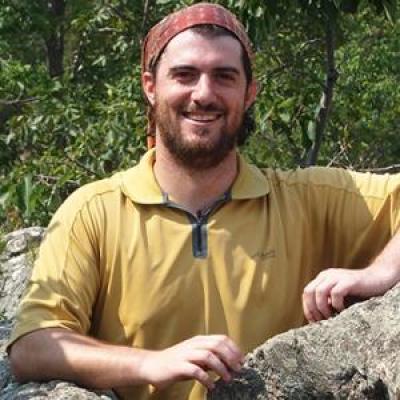Reflectance August 2020
Quick Updates, Extremes by Virginia Iglesias, and Meet the Post-Docs
Quick Updates
- The NSF-funded Earth Data Science Corps began an online training program that builds capacity at 2 tribal and 2 minority-serving institutions to teach and learn Earth data science skills. Students will present final projects on August 13th.
- Final presentations for the Earth Data Analytics - Foundations professional certificate program wrapped up on July 8th, 2020.
- A funding proposal by co-PI Jennifer Balch and Rutgers University has been awarded -- using fine-scale Zillow data to identify building characteristics, this project will develop urban fuel models for city case studies and national-scale estimates of urban fuel quantities. This will improve our understanding of how fire moves through urban/semi-urban areas, and how vulnerable communities are to wildfires.
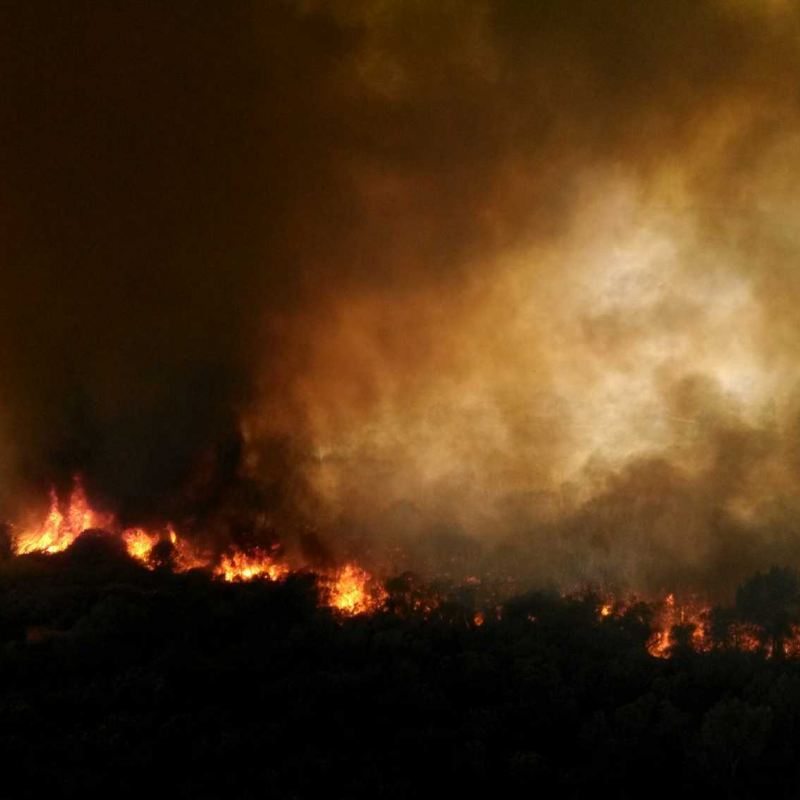
Extremes: Predicting Events, Informing Action
Extreme environmental events, such as Hurricane Katrina and the 2018 California megafires, pose an increasing risk of loss and disruption in ecological, socio-economic and infrastructural systems. But, what is extreme? Why do some environmental conditions lead to extreme outcomes while others do not? When do extremes matter? What can we do to mitigate their impacts? Our research aims to answer these questions and brings an interdisciplinary, big-data perspective to risk assessment.
In a paper recently published in Earth’s Future, we propose that extremes emerge from interactions within and between the environmental and social systems. These interactions can amplify or dampen the impacts of natural events on human systems. For example, non-extreme precipitation on a burned slope may lead to severe downstream flooding. Conversely, a slightly different series of events may trigger feedbacks that decrease the influence of rainfall on streamflow. Identifying, characterizing and quantifying socio-environmental interactions then becomes a key challenge with significant implications for mitigation efforts. In addition, we have learned that some technological interventions might actually worsen impacts of extreme events. Can we predict these counter-intuitive outcomes and anticipate surprises?
A corollary of our theoretical framework that highlights interactions is that the risk of natural hazards varies in space and time not only as the probability of extremes changes, but also as a function of the differential exposure and vulnerability of communities across the nation. Effective planning for extremes, which, by definition are events that have never/rarely occurred, is a challenge that requires robust scientific information. To contribute to this conversation, we integrated data from multiple sources, including Zillow, satellite imagery and models. With this information, we evaluated long-term hazard exposure trends in the United States, finding that risk is indeed increasing faster than overall growth of development. This suggests that hazard mitigation policies are lagging, but also highlights the enormous potential that science-informed adaptation policies can have on risk reduction in the face of climate change.
Virginia Iglesias is a post-doc in Earth Lab working on the consequences of extreme climate events. Her current project integrates Zillow and hazard data and has been submitted for publication.
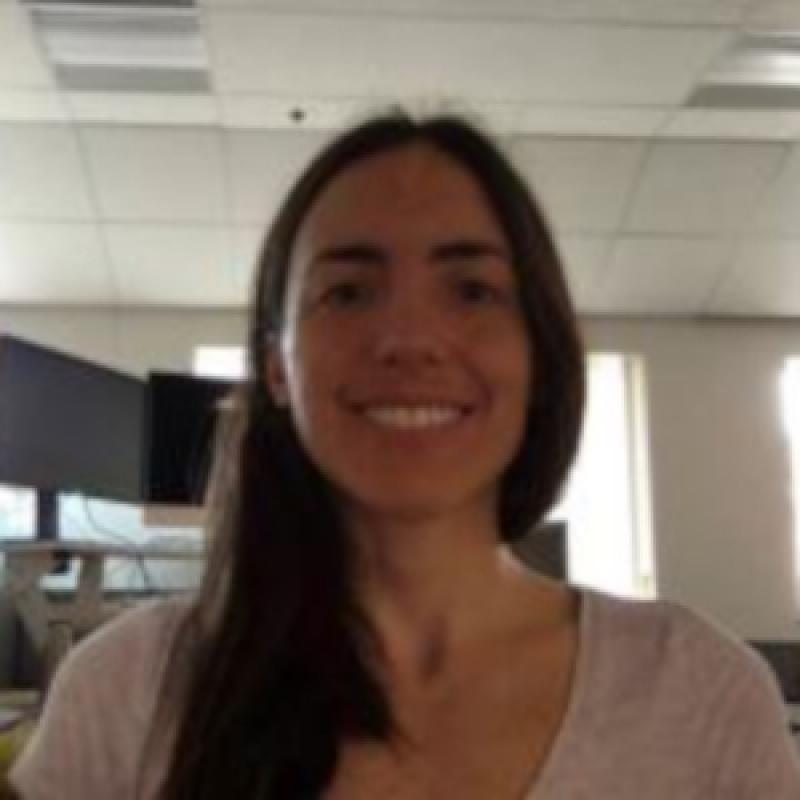
Meet the Post-Docs
Post-docs are at the core of Earth Lab's research and education initiatives. Meet the latest additions to Earth Lab’s post-doc cohort!

Nathan Quaderer, Ph.D.
What's your current project at Earth Lab?
I'm working with the HDR / Earth Data Science Corps project alongside the education team.
Where did you work before coming here?
I taught science and math at Northeast Iowa Community College. I was also a TA at the University of Iowa (College of Education).
What are some of your hobbies and interests?
I try to get outside as much as possible to hike and bike. I also love to cook.
If you were a flavor of ice cream, what would you be?
Ben & Jerry's Phish Food.

Nayani Ilangakoon, Ph.D.
What's your current project at Earth Lab?
My current research examines the post-fire carbon recovery trajectory of Western US conifer forests and its fundamental drivers.
Where did you work before coming here?
I am a remote sensing scientist with a PhD from Boise State University, Idaho. For my dissertation, I developed a framework to characterize semi-arid vegetation structure, function and diversity.
What are some of your hobbies and interests?
I am interested in combining remotely sensed observations and in situ data to understand vegetation structure-function relationships. I enjoy reading, traveling, cooking and baking.
If you were a flavor of ice cream, what would you be?
I would be Rocky Road.
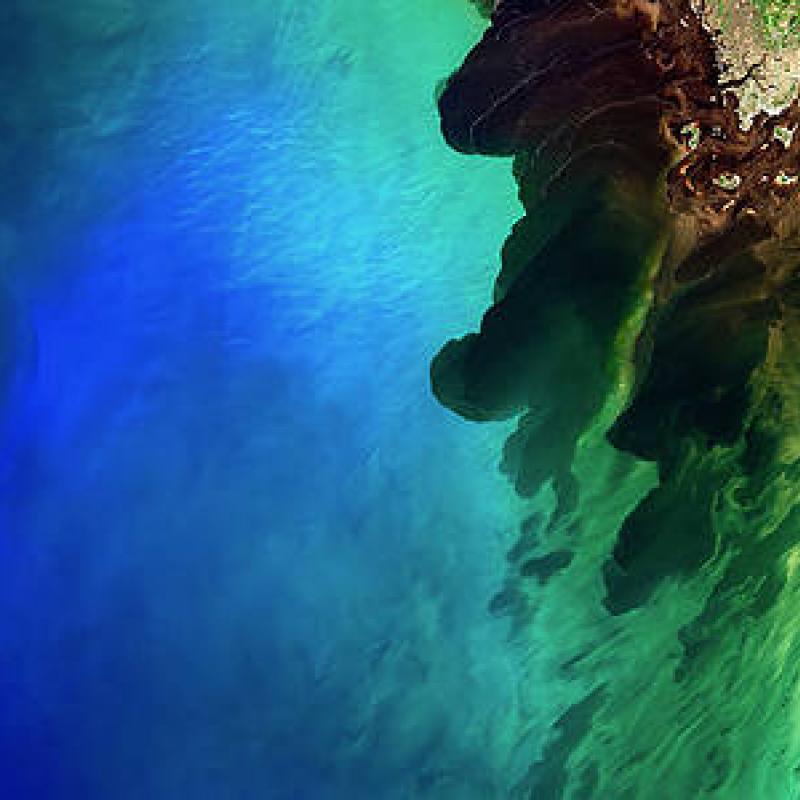
Need COVID-19 Updates?
- Read the University's Road Map to Fall 2020
- CIRES has released Return-to-Research plans on their website.
- Food and monetary assistance information is located here for students and staff/faculty.
Please contact dawn.umpleby@colorado.edu with Earth Lab specific questions

